Frequently Asked Questions
1. Why are knives considered symbols of culture and tradition?
2. What is the significance of Japanese knives in culinary practices?
3. How do European knives differ from Japanese knives?
4. What role do knives play in Middle Eastern culinary traditions?
5. How are knives used as cultural artifacts?
Knives are more than just tools for cutting; they are symbols of human ingenuity, culture, and tradition. Throughout the world, various cultures have adopted unique designs and styles of knives, each embodying the artisan's craftsmanship and the community's values. This article delves into the fascinating world of knives as we explore their significance, traditions, and uses in different cultures. Join us on this culinary journey as we celebrate Chef Knives & Sets around the globe.
The Role of Knives in Culinary Traditions
At the heart of every kitchen lies a selection of knives, more specifically, Chef Knives & Sets that are essential for preparing a variety of dishes. However, the significance of knives extends beyond their practical use. In many cultures, knives represent culinary heritage, family values, and the art of cooking. The design, materials used, and even the techniques of knife-making reflect the cultural history of a region. Let’s explore some iconic knives from around the world and what they signify.
Japanese Knives: Precision and Elegance
Japan is renowned for its exceptional craftsmanship in knife-making, particularly with sushi and sashimi knives. Japanese Chef Knives & Sets, such as the Yanagiba, are designed for precision; they allow chefs to make fine slices that enhance the flavor and presentation of the dish. The attention to detail in these knives is a reflection of the Japanese philosophy of perfection.
The Art of Honing in Japan
Knife sharpening, or “honing,” in Japan is an art form in itself. Japanese chefs often take years, if not decades, to master not just cooking but also the skill of knife care. The relationship between the chef and their knives is one of respect and devotion, highlighting the spiritual connection many have with their tools.
Global Perspectives on Chef Knives
While Japan may set the benchmark for high-quality knives, many cultures contribute their unique styles and uses of knives in culinary practices. Each knife type is an embodiment of its culture, reflecting local ingredients, cooking methods, and dietary habits. Let’s explore some notable examples.
Europe: The Versatile Chef’s Knife
In Europe, particularly in France and Germany, the Chef's Knife reigns supreme. Designed for versatility, this knife can be used for slicing, dicing, and chopping various ingredients. The European Chef Knives & Sets are typically heavier and have a broader blade compared to their Japanese counterparts, allowing chefs to apply force without sacrificing control.
The French Influence on Culinary Practices
The French culinary school has a significant influence on Western cooking. With it came the development of essential kitchen skills, often centered around the use of the Chef’s Knife. The specialty of various cuts, like julienne or chiffonade, showcases the importance of knife skills taught in culinary schools worldwide.
Middle Eastern Knives: Unique and Functional
In the Middle East, knives such as the “Kebab Knife” showcase the region’s rich history of grilling and roasting. Often curved and employed for removing meat from the skewer, this knife has evolved alongside the culinary practices of the region. The craftsmanship is not only practical — it’s an affirmation of cultural identity.
The Cultural Significance of Knives in the Middle East
More than just tools, knives in various Middle Eastern cultures symbolize hospitality and generosity. They often feature intricate designs and embellishments, signifying the importance of meals as social gatherings. The chef's knife, therefore, becomes a dual symbol of culinary expertise and cultural expression.
Indigenous Knives Around the World
Indigenous cultures across the globe have also developed unique knives that serve various purposes. From hunting and fishing to food preparation, each knife tells a story of survival and craftsmanship. In the Arctic regions, for example, the ulu, a traditional Inuit knife, is utilized primarily by women for skinning animals and preparing food. Its unique crescent shape and stable grip facilitate precise cuts, reflecting the ingenuity needed to thrive in challenging environments.
Knives as a Tool of Survival
In many indigenous communities, knives are not only culinary tools but vital survival instruments. They symbolize a relationship with nature, where the ability to create food and sustain life is paramount. The multi-functional use of knives underscores their significance in preserving cultural identity and survival skills.
Knife Rituals and Traditions
Many cultures incorporate knives into their rituals or celebrations, presenting an interesting intersection of culinary and cultural practices. For instance, in many Eastern European traditions, a knife is often gifted during significant life events, such as weddings. It symbolizes cutting ties with childhood or the start of a new journey. Such customs highlight the deeper significance of knives beyond mere practicality.
Chef Knives & Sets as Cultural Artifacts
While knives are primarily tools for chefs and home cooks, they are also significant cultural artifacts. Many cultures regard the craftsmanship of knife-making as an art form. Knives can be intricate works of art, often passed down through generations, embodying family history and culinary legacy. This appreciation for craftsmanship elevates the significance of Chef Knives & Sets beyond the kitchen.
Preserving Cultural Heritage Through Knife-Making
Today, there is a resurgence in appreciation for traditional knife-making techniques, as artisans blend modern technology with ancient craftsmanship. Workshops and classes dedicated to knife-making pop up globally, encouraging enthusiasts to engage with their culinary past. Learning about cultural knives fosters a deeper understanding of the connection between tools, technique, and tradition.
The Modern Kitchen: A Blend of Cultures
As globalization encourages the sharing of culinary practices, the modern kitchen is becoming a melting pot of tools and traditions. Chef Knives & Sets from different cultures are now readily available, and chefs worldwide are experimenting with diverse techniques and ingredients, bridging cultural divides.
Fusion Cuisine and Culinary Exploration
Culinary fusion embodies this blend of traditions. Chefs utilize knives from various cultures to create unique dishes that celebrate global heritage. Whether it's a Japanese chef using a classic French knife or an Indian cook employing traditional methods alongside modern tools, the possibilities are infinite.
The Future of Knives in Culinary Practices
As we look into the future, the importance of knives in different cultures continues to evolve. With the rise of technological advancements, there are new materials and designs that challenge traditional craftsmanship. Nevertheless, the essence of using Chef Knives & Sets remains rooted in cultural appreciation and skill development.
Sustainability and Ethical Knife Production
With an increasing focus on sustainability, many artisans are now sourcing materials ethically and utilizing eco-friendly practices in knife production. This shift not only preserves cultural traditions but ensures that the practice of knife-making is environmentally conscious. Collectors and chefs are encouraged to invest in knives that tell a story, celebrating craftsmanship while embracing a sustainable future.
Culinary Adventures Await You
As we explore the fascinating world of knives across cultures, it is clear that every knife tells a unique story. From the precision of Japanese blades to the robust nature of European knives, every design carries historical significance and represents the artistry of its era. Whether you're a culinary enthusiast, a professional chef, or simply a lover of good food, understanding the cultural relevance of Chef Knives & Sets enriches our appreciation for cooking. The next time you pick up a knife, consider the hands that forged it and the history behind its design. Culinary adventures are just a slice away!








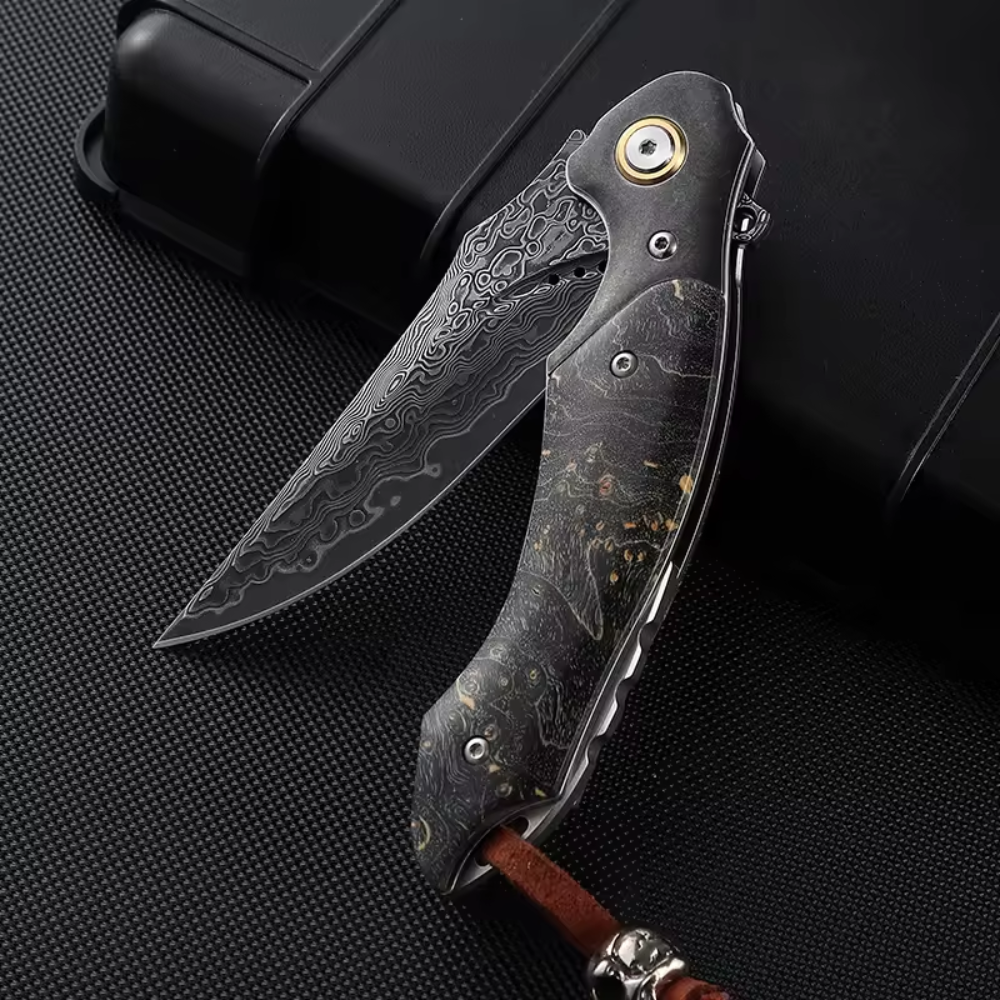
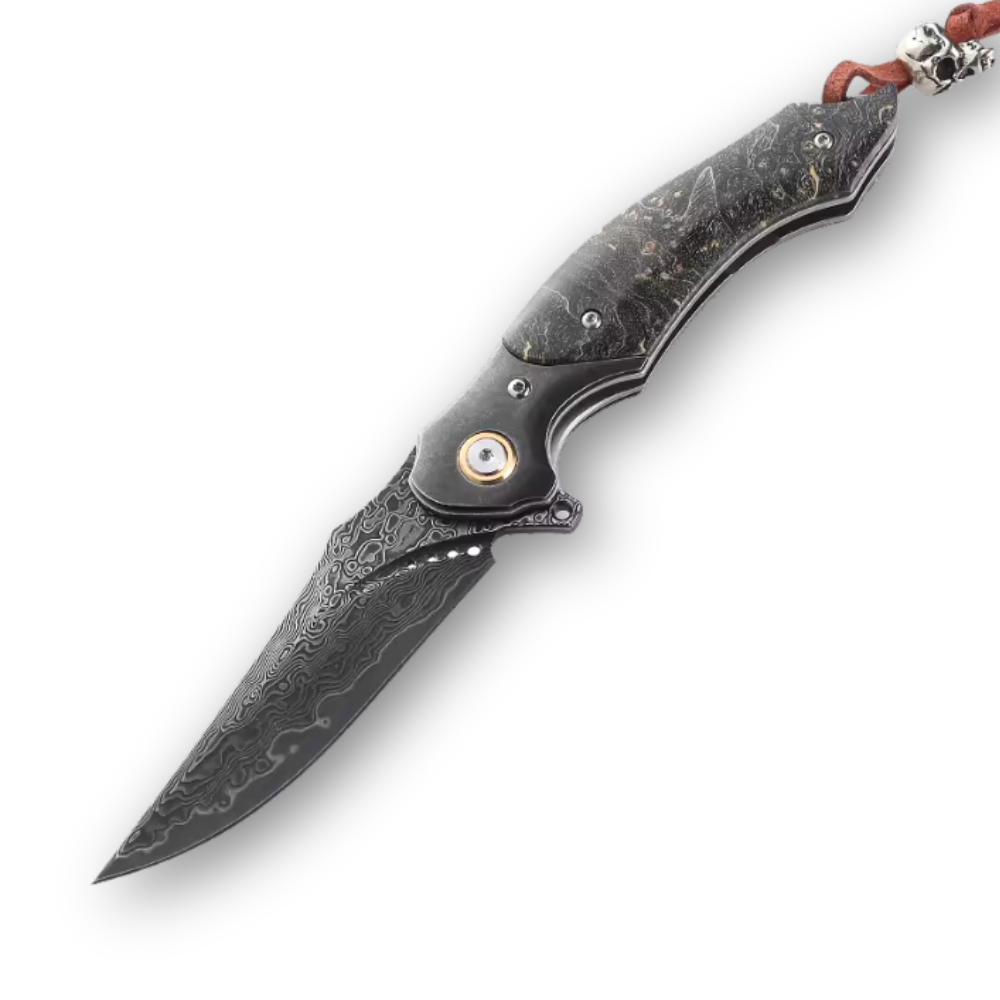
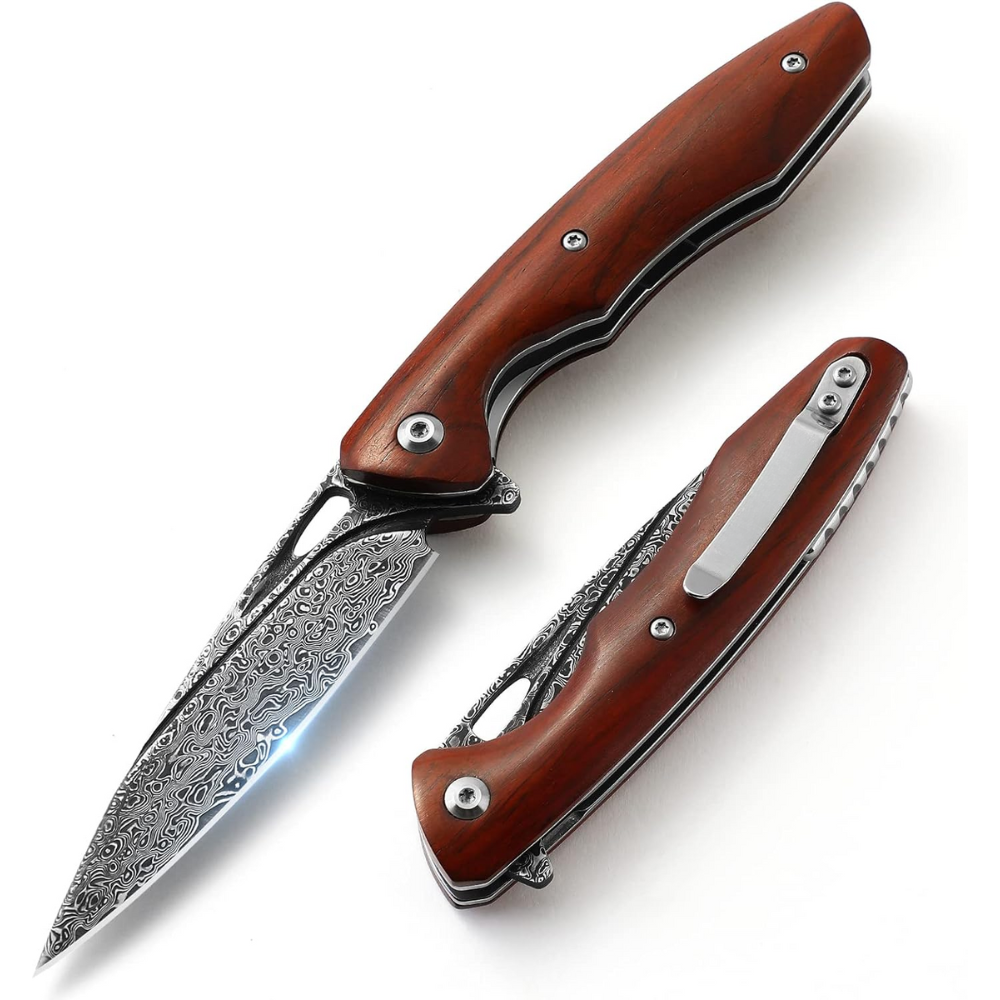
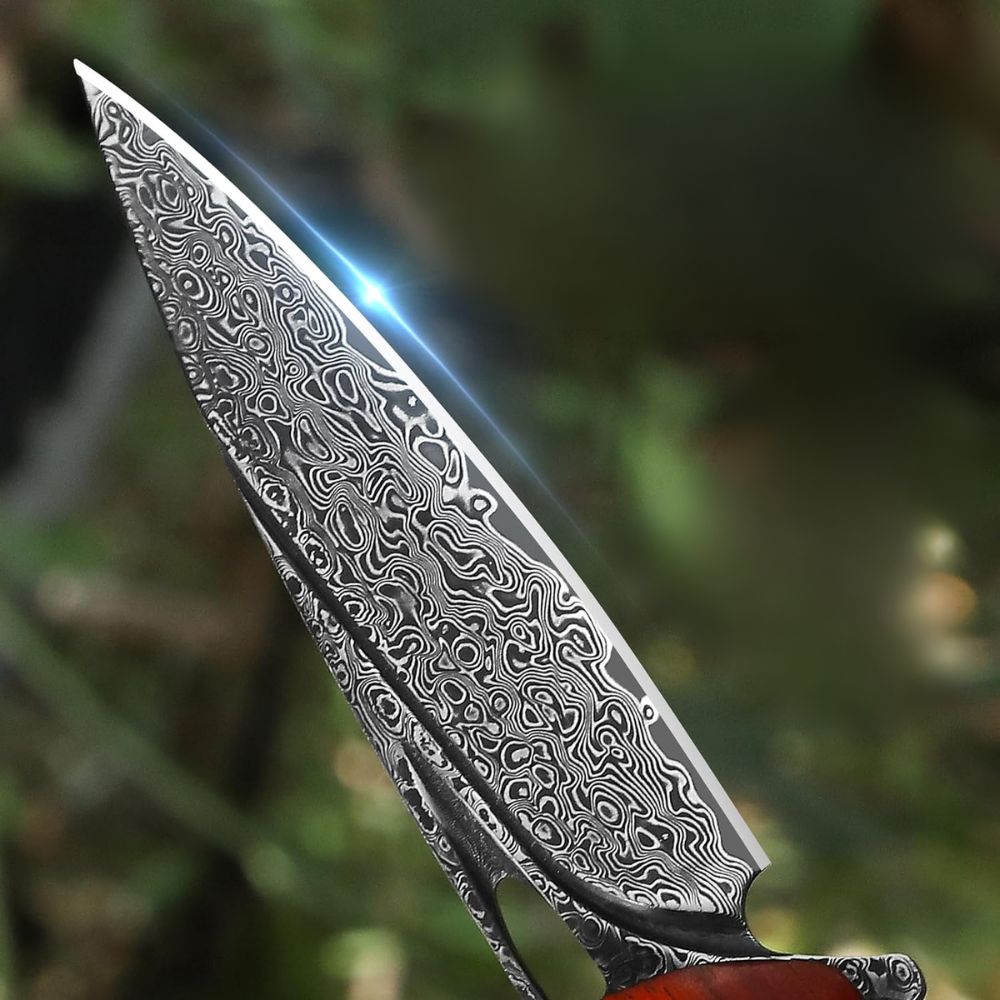
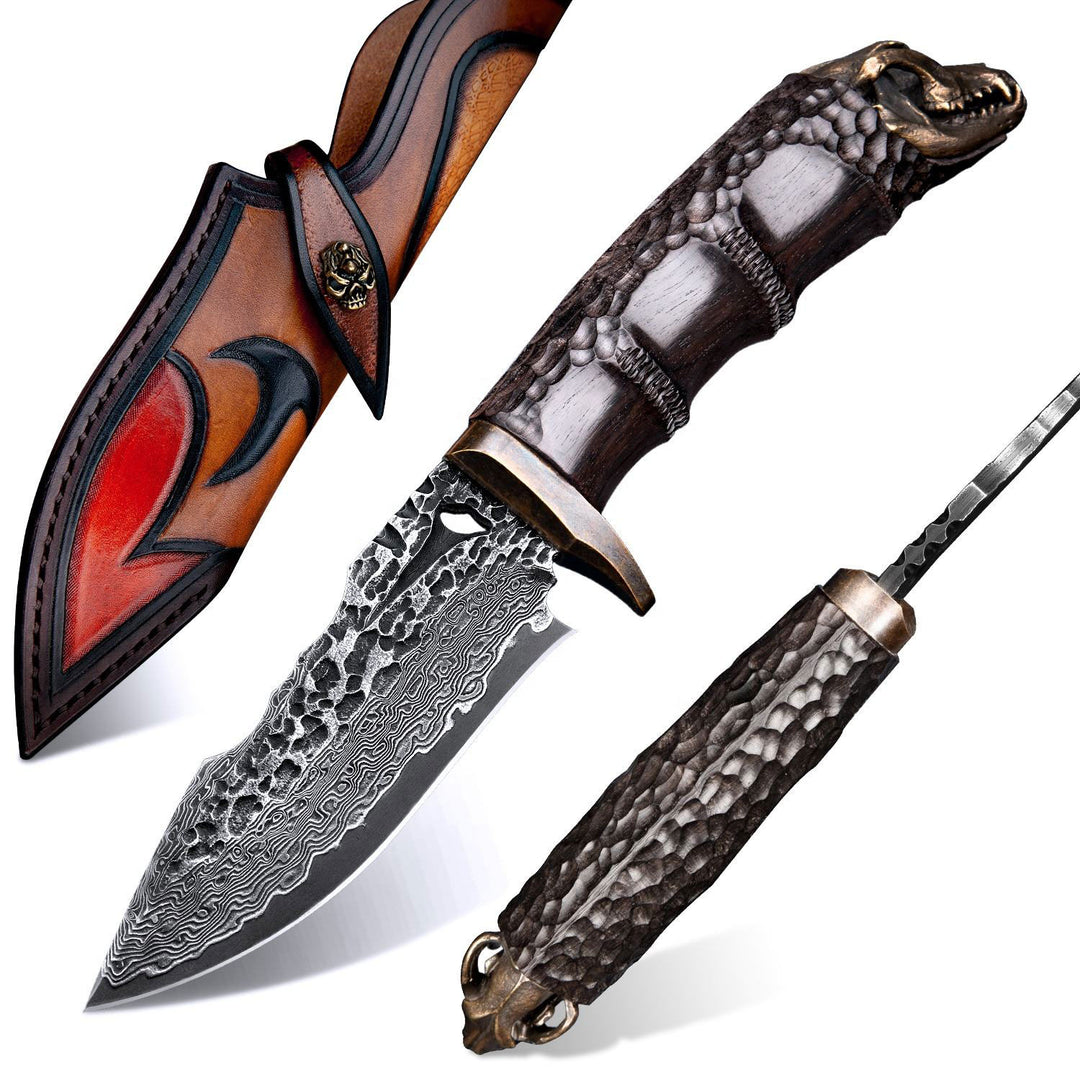

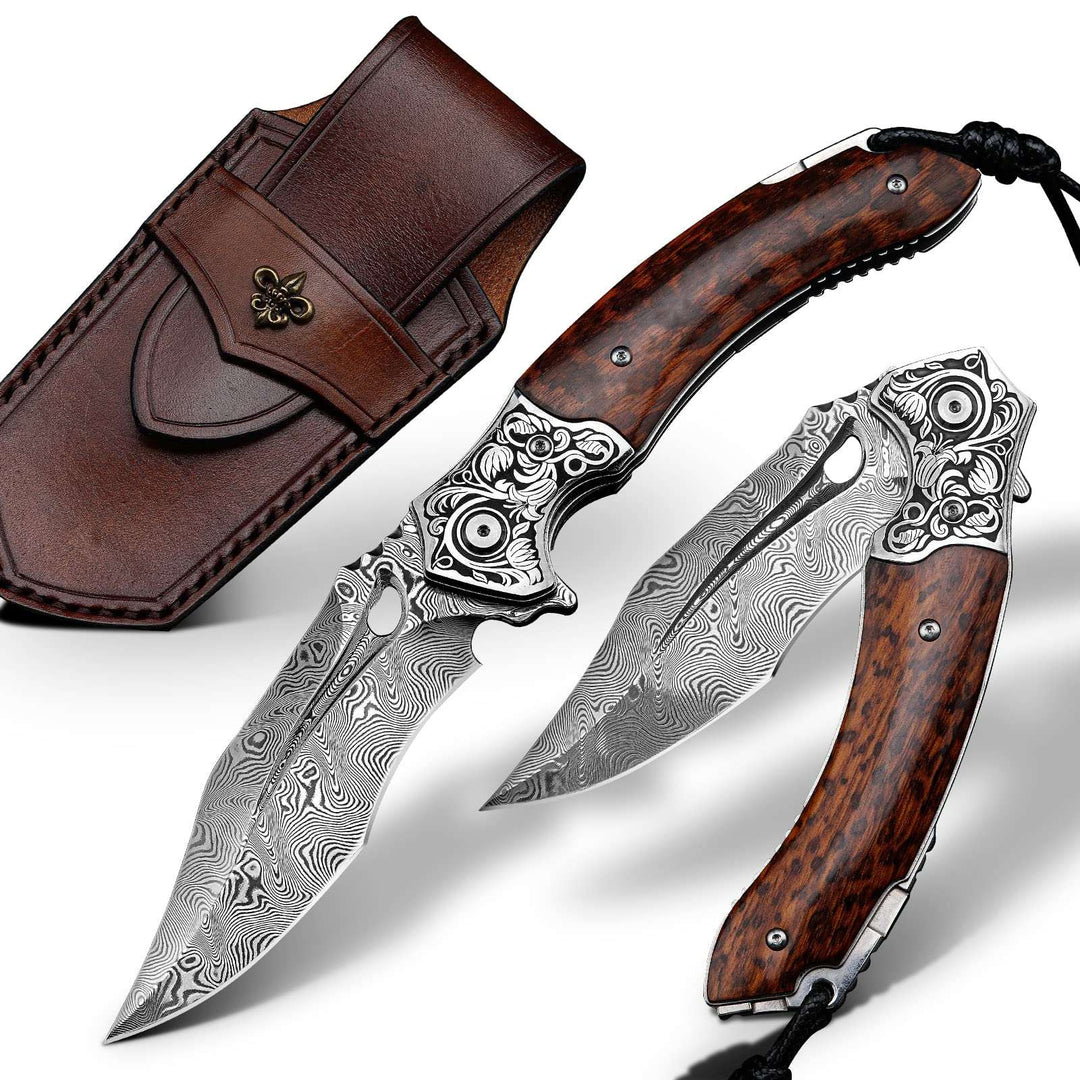







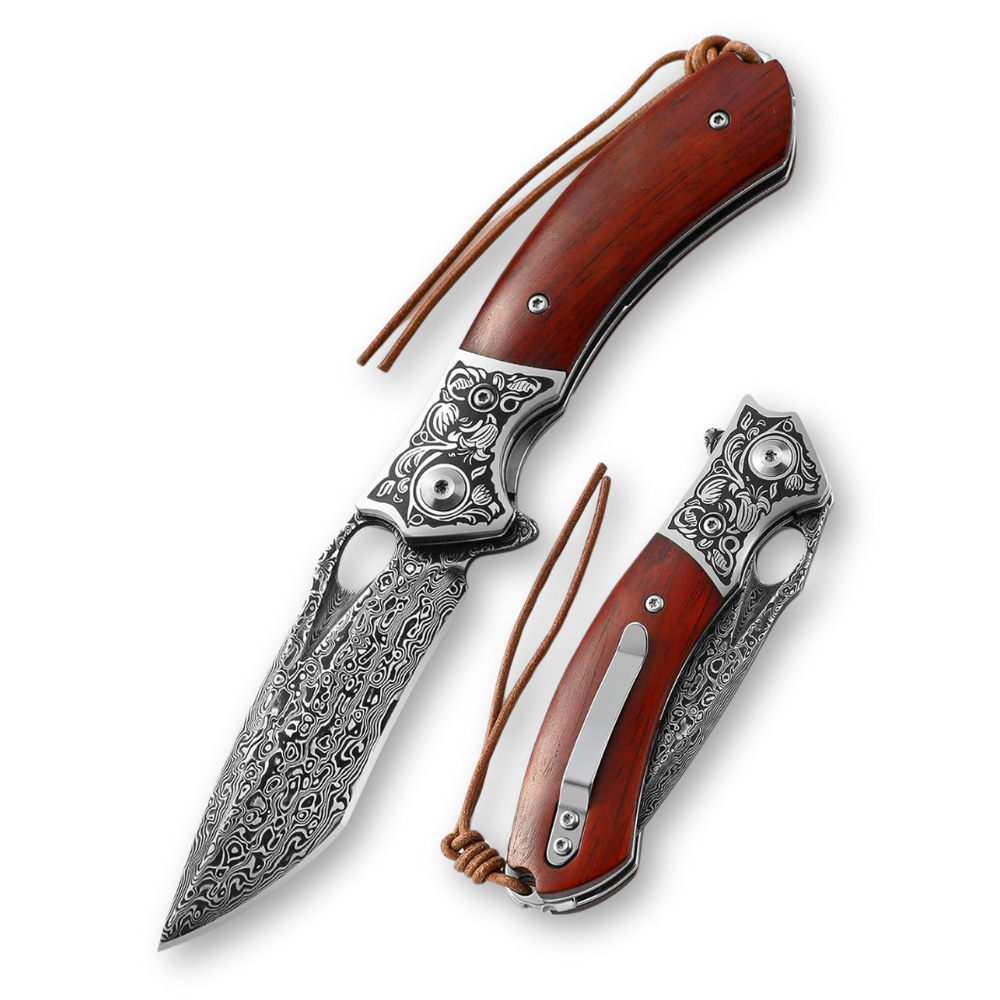
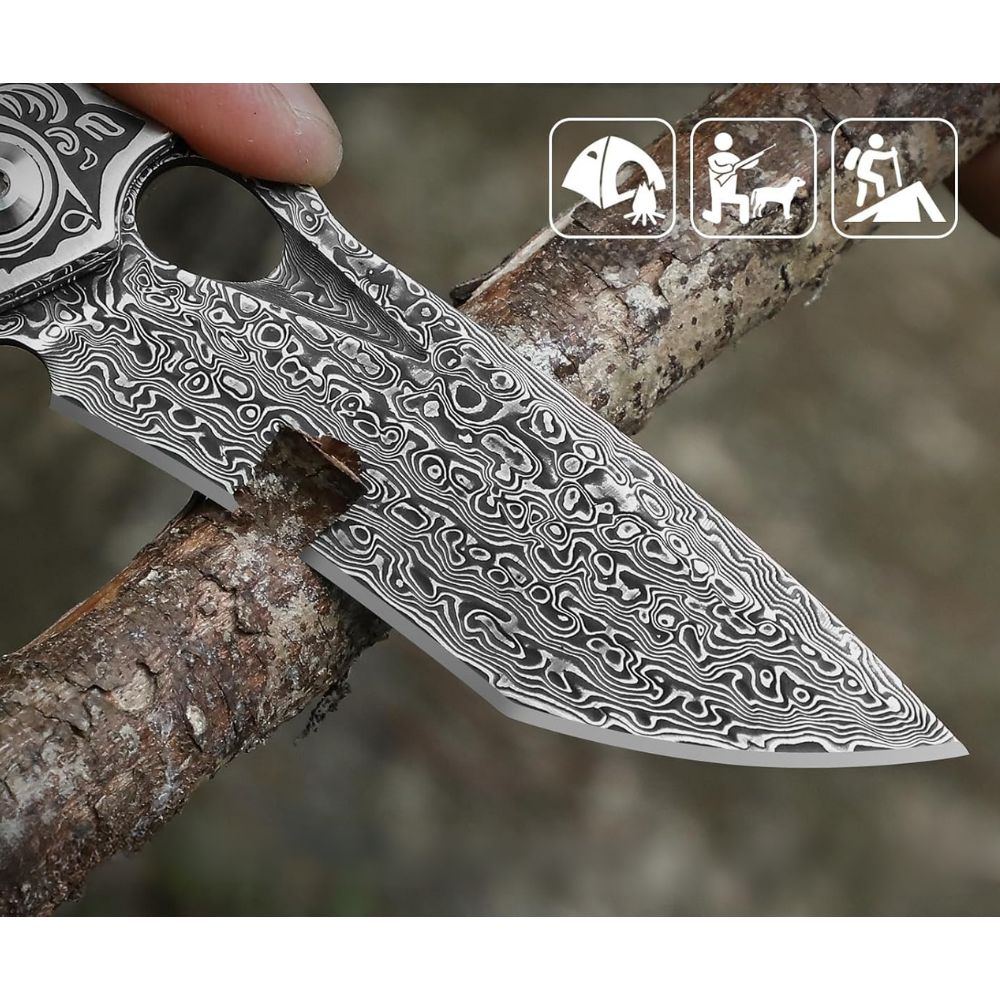
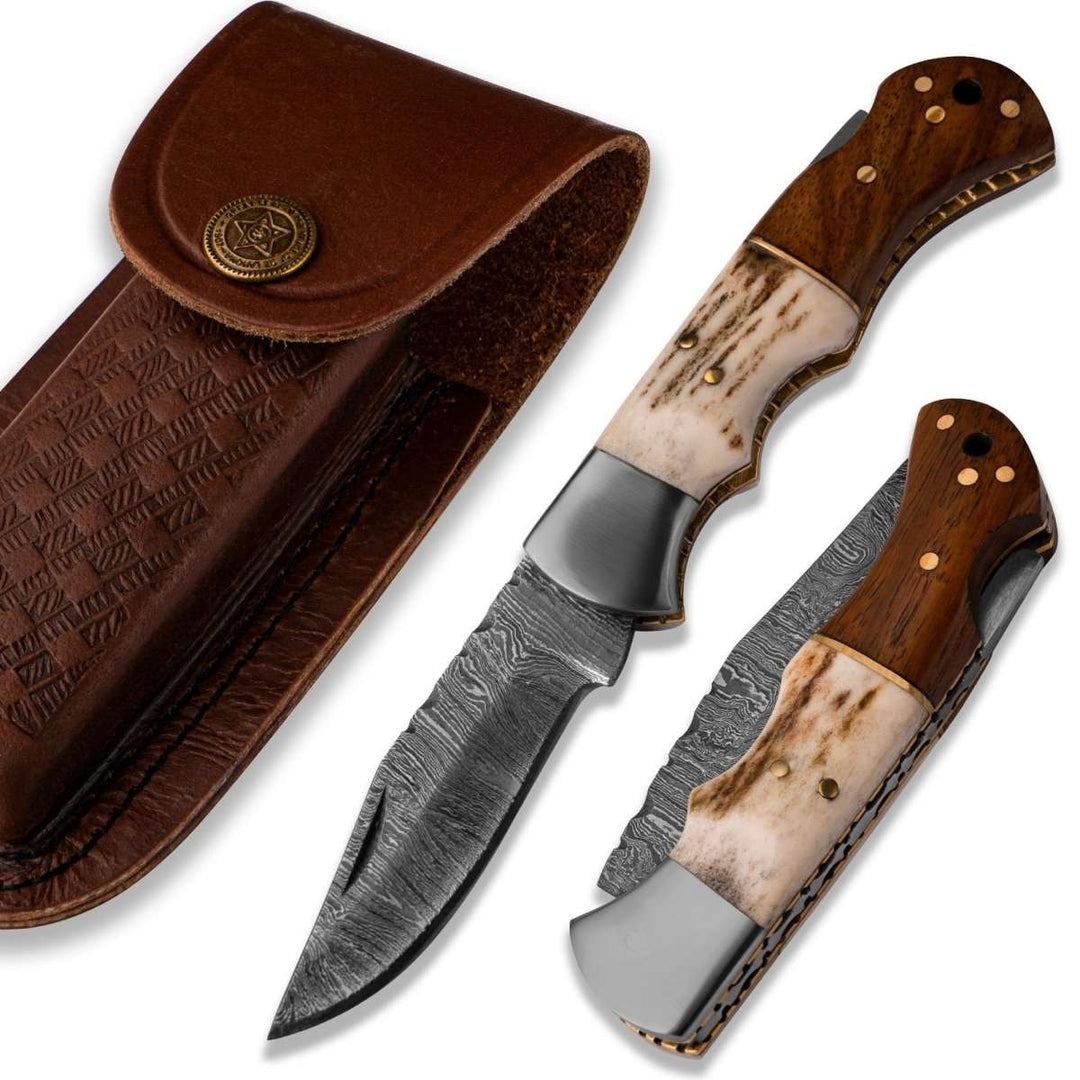
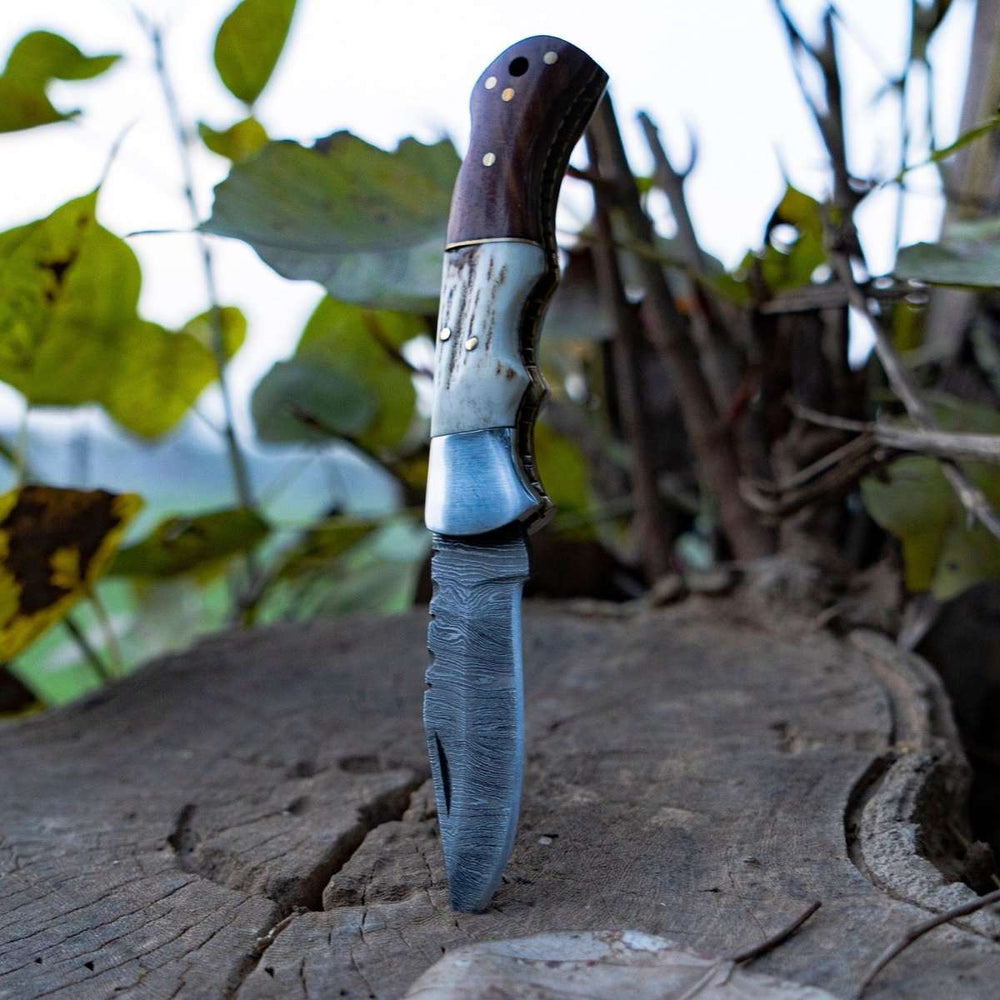


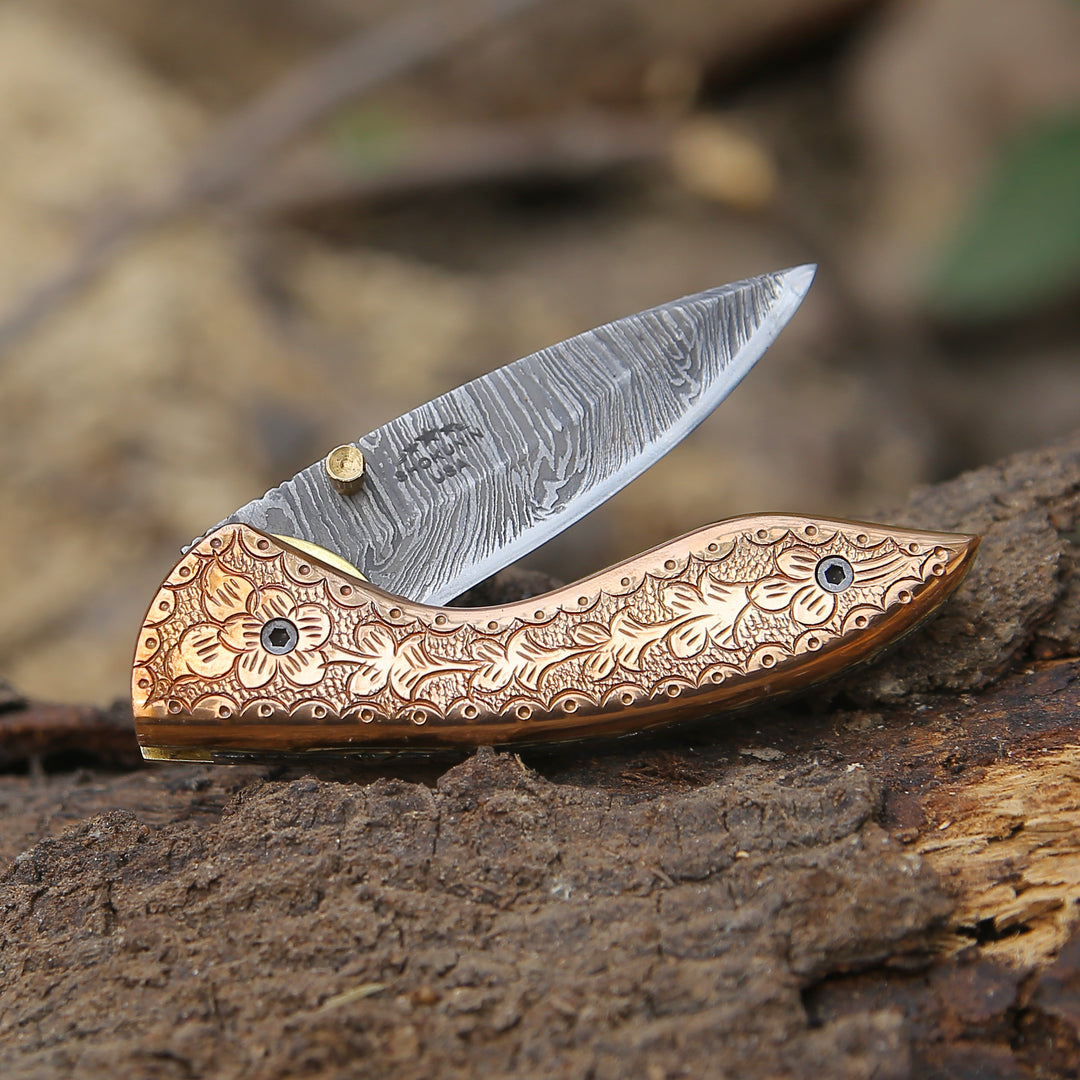
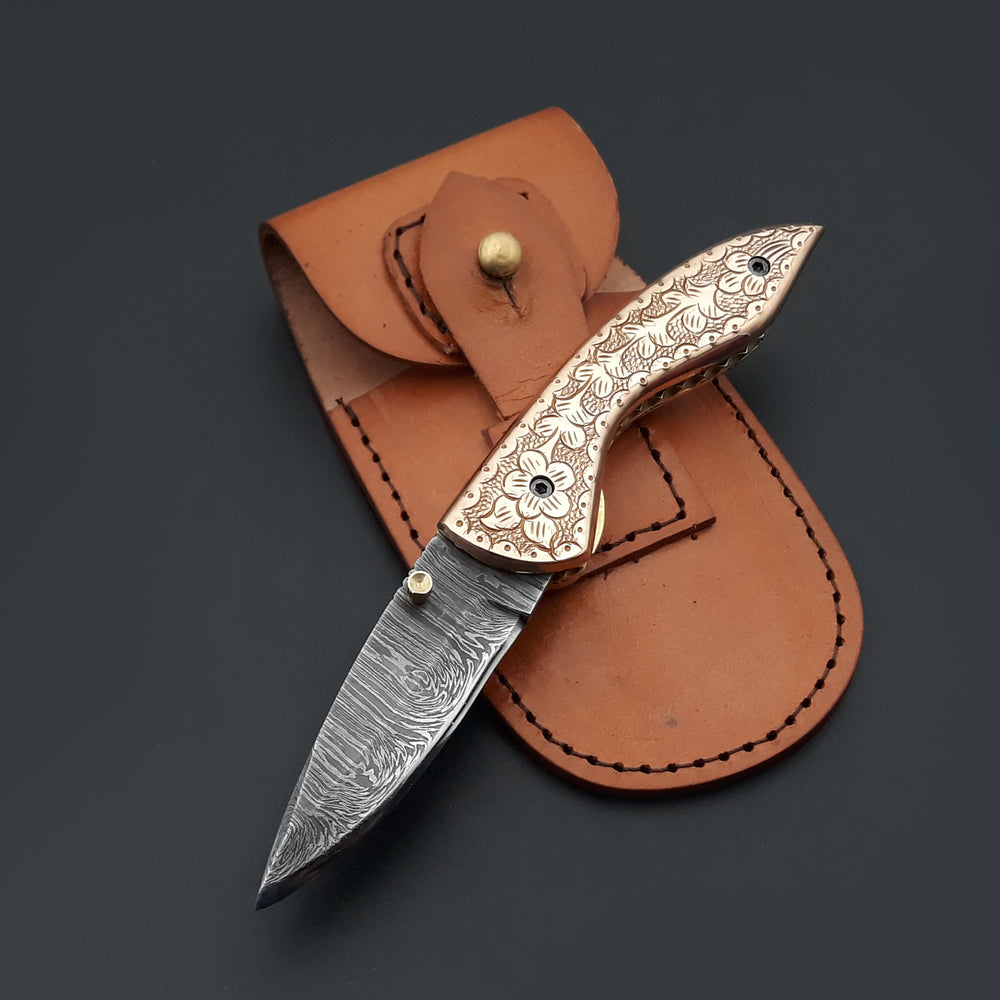
Leave a comment